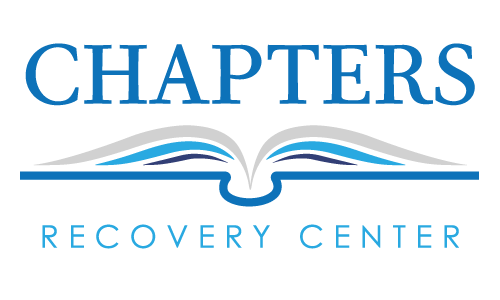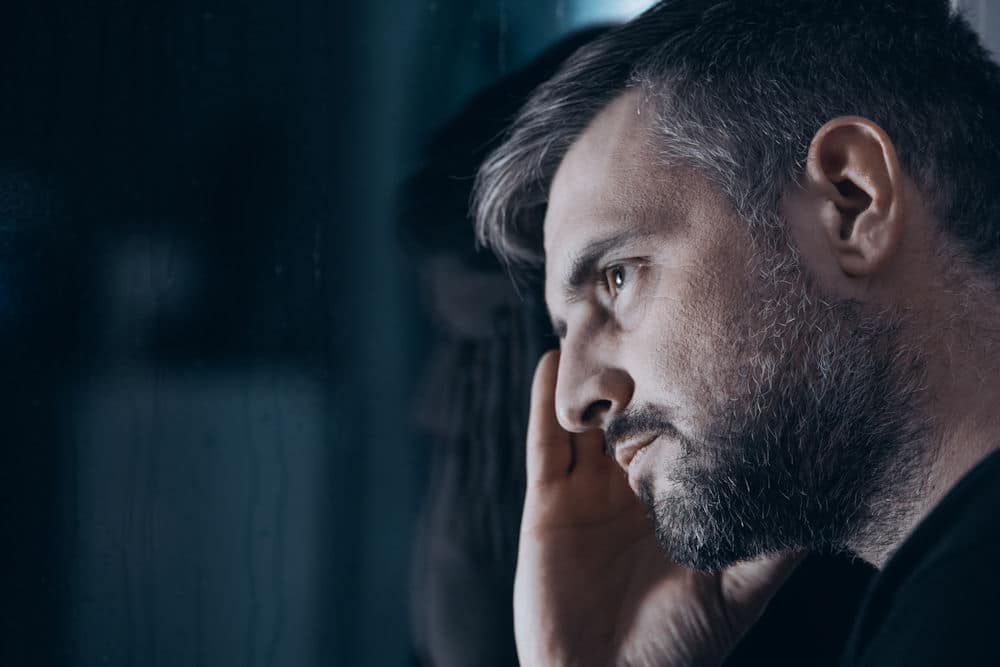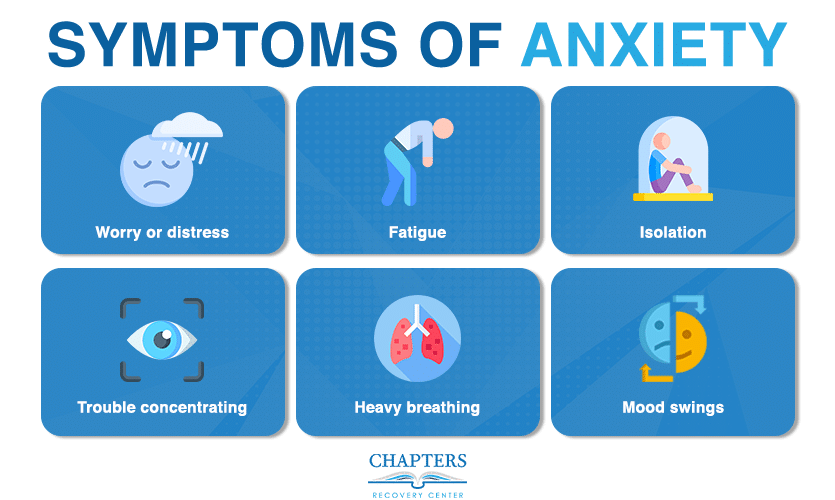Gabapentin misuse, commonly referred to as Johnny’s, is an escalating public health concern due to its addictive nature and detrimental impact on individuals and communities. While this medication is frequently prescribed for neurological conditions, its infiltration into substance abuse necessitates understanding the street terminology associated with it. Informal names like Johnny’s often trivialize the severity of drug misuse, making comprehensive education on the subject crucial.
Massachusetts has witnessed a surge in gabapentin-related cases at drug and alcohol rehab centers, indicating an urgent need for heightened awareness and targeted strategies to combat this issue. The drug’s accessibility and its association with “Johnny’s” underscore the importance of educating people about the risks involved in its misuse.
The Hidden Dangers of Gabapentin Misuse
It is vital for individuals grappling with gabapentin misuse to comprehend the potential hazards:
- Addiction: Gabapentin can lead to dependence and cravings, making it habit-forming.
- Health Risks: Misusing gabapentin can result in respiratory depression, seizures, and organ damage.
- Negative Interactions: Combining gabapentin with other substances like opioids or alcohol can have perilous consequences, increasing the risk of overdose.
- Psychological Impact: Prolonged gabapentin misuse can adversely affect mental health, leading to mood disorders, anxiety, and cognitive impairment.
Seeking professional help and support is crucial for individuals struggling with gabapentin misuse. Chapters Recovery offers valuable insights into the dangers of self-medication and provides personalized recovery programs.
The Role of Rehab Facilities in Addressing Gabapentin Misuse
The high prevalence of gabapentin misuse in Massachusetts underscores the significance of rehab facilities in tackling this issue. At Chapters Recovery, our experts possess a deep understanding of the complexities associated with gabapentin addiction and offer the necessary resources for effective treatment. Our comprehensive approach includes:
- Individualized Treatment Plans: Tailored programs designed to meet each person’s unique needs.
- Dual Diagnosis Support: Specialized care for individuals struggling with both gabapentin misuse and underlying mental health conditions.
- Aftercare Services: Continued support throughout the lifelong journey of recovery, even after completing initial treatment.
Overcoming Financial Barriers to Rehab
We understand that concerns about insurance coverage can sometimes prevent individuals from seeking the help they need. That’s why we have streamlined processes for rehab insurance verification, making it easier for people to navigate this aspect of treatment. Our team works closely with insurance providers to ensure transparency and clarity regarding coverage options.
Acknowledging gabapentin misuse under its street name, Johnny’s, extends beyond understanding slang—it involves recognizing a hidden epidemic that necessitates immediate attention and action. Together, we can raise awareness, provide support, and ultimately reduce the impact of gabapentin misuse on individuals and communities.
What is Gabapentin?
Gabapentin, a prescription medication, serves multiple roles in the medical world. Developed initially as an anticonvulsant, it’s used primarily to treat nerve pain and prevent seizures. Medical professionals prescribe gabapentin for conditions like postherpetic neuralgia, restless leg syndrome, and neuropathic pain associated with diabetes or spinal cord injuries.
The versatility of gabapentin positions it as a first-line treatment option for these conditions due to its efficiency and tolerability. As an anticonvulsant drug, it reduces abnormal excitement in the brain, helping manage conditions like epilepsy.
Gabapentin is marketed under various brand names. The most popular ones include Neurontin and Gralise. These are well-known names in many settings where pain management is crucial for patient care. However, this widespread recognition also contributes to gabapentin’s misuse potential.
Despite its effectiveness in treating certain medical conditions, gabapentin has risks. Its misuse has been increasing, becoming a growing public health concern, especially when combined with other substances.
In the following sections, we explore the connection between gabapentin and substance abuse and why it’s commonly referred to as “Johnny’s” on the street. We also look into the consequences of gabapentin misuse and discuss available treatment options at Chapters Recovery Center, including their comprehensive 12-Step Addiction Treatment Program which can help individuals overcome substance abuse.
The Connection Between Gabapentin and Substance Abuse
Gabapentin, despite being a prescription medication, has found its way into the realm of substance misuse. One might wonder how a drug primarily used to treat epilepsy and nerve pain has become a point of concern in the discussion around substance abuse.
The primary factor leading to gabapentin abuse is its potential to induce an altered state of mind, especially when taken in high doses or combined with other substances. Its sedative effects are often likened to the euphoria associated with opioid use, leading to its misuse as a cheap and accessible alternative to these highly regulated substances.
Data from the National Survey on Drug Use and Health shows that gabapentin misuse is prevalent in the United States. Approximately 1.6 million people reported having misused it at least once in their lifetime, according to a 2018 report. This rising trend of misuse presents a significant challenge for public health officials and treatment providers alike, such as those offering specialized prescription drug addiction treatment programs.
Another reason for increased misuse is the lack of stringent regulations around gabapentin compared to other controlled substances. This makes it relatively easy for individuals to obtain it, either through legal prescriptions or illicit channels.
To address this growing issue, comprehensive therapies are critical. Addiction therapy programs that include behavioral interventions can help individuals grappling with gabapentin abuse to recover effectively. Such programs focus on healing from addiction by addressing the underlying causes and providing necessary support throughout the recovery process.
Understanding Johnny’s: Street Names for Gabapentin
In the hidden corners of illegal drug markets, gabapentin is often referred to using informal names like “Johnny’s” or “Gabbies.” These street names for gabapentin are not just slang, but also a secret language used by users and dealers to avoid suspicion and detection when talking about the drug.
1. Johnny’s
This nickname may seem harmless, but it actually represents a familiarity with the drug that goes beyond its intended medical use. By using this term, people might downplay or underestimate the risks of misusing a prescription medication.
2. Gabbies
A clever wordplay on the active ingredient’s name, this term adds another layer of disguise to the drug, making discussions about gabapentin abuse more mysterious to those who are not familiar with it.
Understanding these alternative names is important for various groups:
- Law enforcement can stay updated on drug-related conversations and activities.
- Healthcare providers can better communicate with patients and identify potential misuse.
- Rehabilitation centers like Chapters Recovery Center can create targeted interventions and treatment plans for individuals struggling with gabapentin addiction.
For families and friends who are concerned about their loved ones’ well-being, knowing these terms can be an early indication of misuse or addiction, allowing them to take prompt action.
It is equally crucial for individuals seeking help to understand that terms like “Johnny’s” refer to a substance that, despite being legally prescribed for valid reasons, can be abused and requires professional support during recovery.
Effects and Dangers of Gabapentin Abuse
While gabapentin can be helpful for many medical conditions when used correctly, it is important to be aware of its potential for drug addiction. Misusing this medication can have negative effects on both physical and mental health.
1. Physical Health Consequences
Using gabapentin inappropriately for an extended period of time can lead to serious physical problems. Some of the common physical side effects include:
- Feeling tired and sleepy
- Experiencing dizziness
- Having difficulty with coordination
These symptoms can be especially dangerous when performing tasks that require focus and alertness, such as operating machinery or driving. In severe cases, individuals may even experience respiratory depression, a condition where breathing becomes dangerously slow or shallow and can potentially be life-threatening.
2. Mental Health Concerns
The impact on mental health is equally concerning when it comes to gabapentin misuse. Some of the mental side effects include:
- Making anxiety worse
- Worsening symptoms of depression
- Experiencing problems with memory
- Having trouble concentrating
Combining Gabapentin with Other Substances
The addictive nature of gabapentin becomes particularly dangerous when it is used alongside other substances:
a. Opioids
Taking gabapentin together with opioid medications can intensify the pleasurable effects of both drugs, but it also significantly increases the risk of respiratory failure—a leading cause of death in opioid overdoses.
b. Benzodiazepines
Similarly, mixing gabapentin with benzodiazepines can result in extreme drowsiness, heightened intoxication, and dangerously suppressed breathing.
These combinations not only increase the dangers but also make treatment more complicated for individuals struggling with multiple drug addictions. Addressing these issues requires a thorough understanding of how different substances interact with each other and the specific obstacles they present in treatment.
Treatment and Recovery Options
Dealing with gabapentin misuse or using multiple drugs at once can be a difficult experience. However, it’s important to know that there are many ways to get help and recover from these challenges.
Medically Supervised Detox
The first step for many people is medically supervised detox. This involves going through withdrawal from the drugs with the help of medical professionals who can manage any symptoms and ensure a safer transition to being drug-free.
Inpatient Rehab Programs
After detoxification, inpatient rehab programs become an integral part of recovery. These offer a structured environment designed to address the root causes of addiction, equip individuals with coping strategies, and prevent relapses. Such programs typically encompass:
- One-on-one counseling sessions
- Group therapies
- Nutritional guidance
- Physical fitness activities
Support Groups
Apart from these formal treatments, support groups serve as invaluable resources during and after recovery. They provide a community of individuals who understand the challenges of addiction firsthand, offering empathy, encouragement, and practical advice.
Embracing these diverse treatment options can aid in breaking free from the grip of gabapentin misuse. It’s essential for anyone struggling with substance abuse to remember that help is available, and recovery is within reach.
Conclusion
Education is crucial in preventing gabapentin misuse. When people are aware of the risks and dangers associated with using this medication improperly, they can make informed decisions to protect themselves and others. Some key points to remember about gabapentin misuse are:
- It has the potential for addiction.
- Combining gabapentin with other substances can be dangerous.
- Taking high doses of gabapentin can lead to severe health risks.
To effectively address gabapentin misuse, we need a comprehensive approach that includes:
- Implementing strict regulations on the availability and prescription of the drug.
- Making sure that treatment services are easily accessible for those who are struggling with addiction.
- Providing support resources within the community to assist individuals in their recovery journey.
By targeting both the supply and demand aspects of this issue, we can work towards reducing gabapentin misuse:
- Limiting the supply through regulatory measures helps to control the availability of gabapentin.
- Meeting the demand by offering accessible treatment services ensures that those who need help can receive it.
It is important to note that everyone has a role to play in addressing gabapentin misuse. While healthcare providers and authorities have responsibilities in terms of regulation and enforcement, each individual also plays a part:
“The responsibility lies not only on healthcare providers or authorities, but also on each one of us.”
We can contribute to creating a safer environment by:
- Spreading awareness about gabapentin misuse and its potential dangers.
- Advocating for better regulations and policies surrounding the prescribing and dispensing of gabapentin.
- Supporting the development and availability of accessible treatment options for those struggling with addiction.
Together, we can make a difference in preventing gabapentin misuse and promoting healthier communities.







